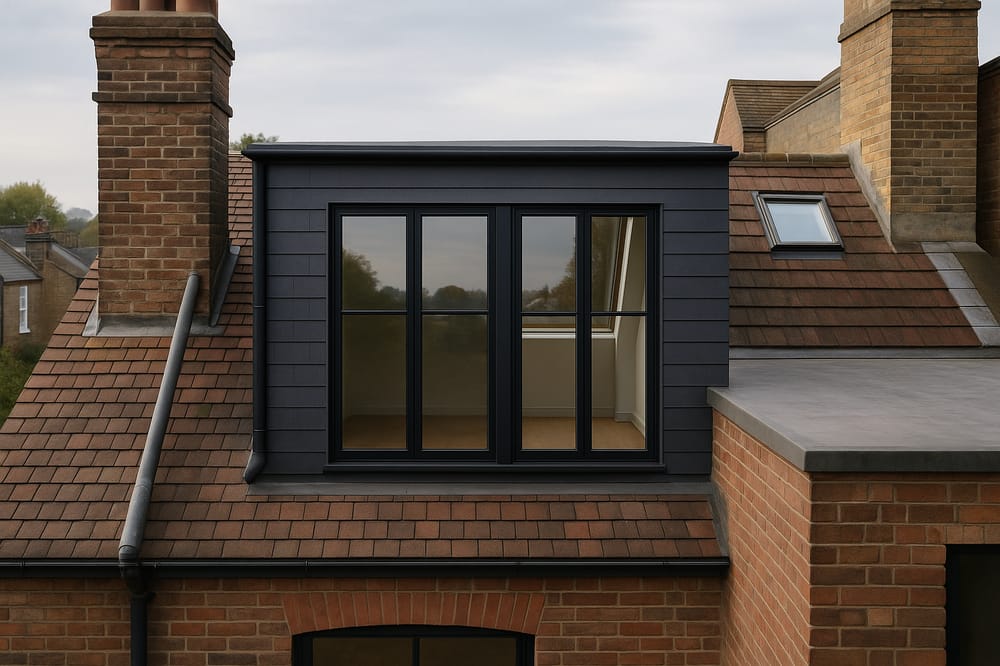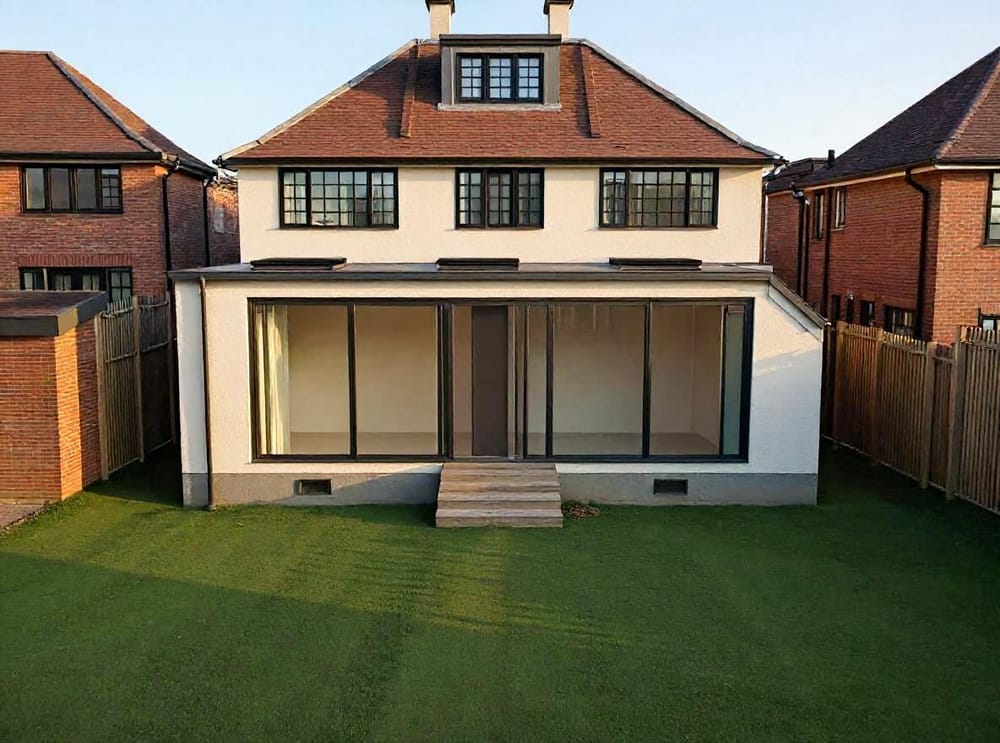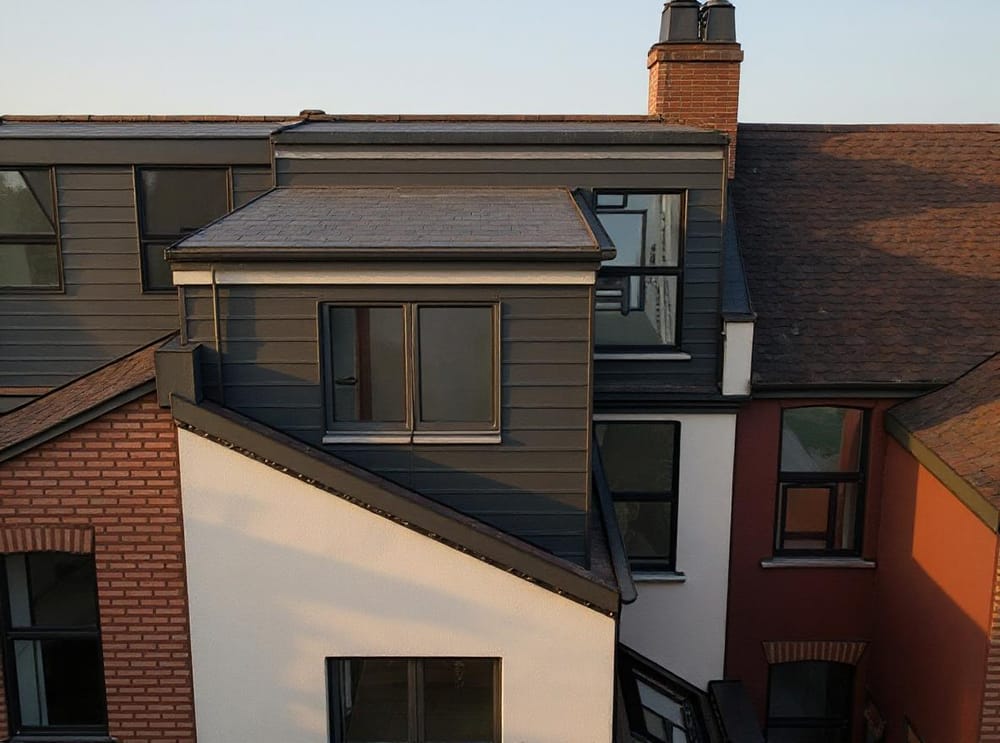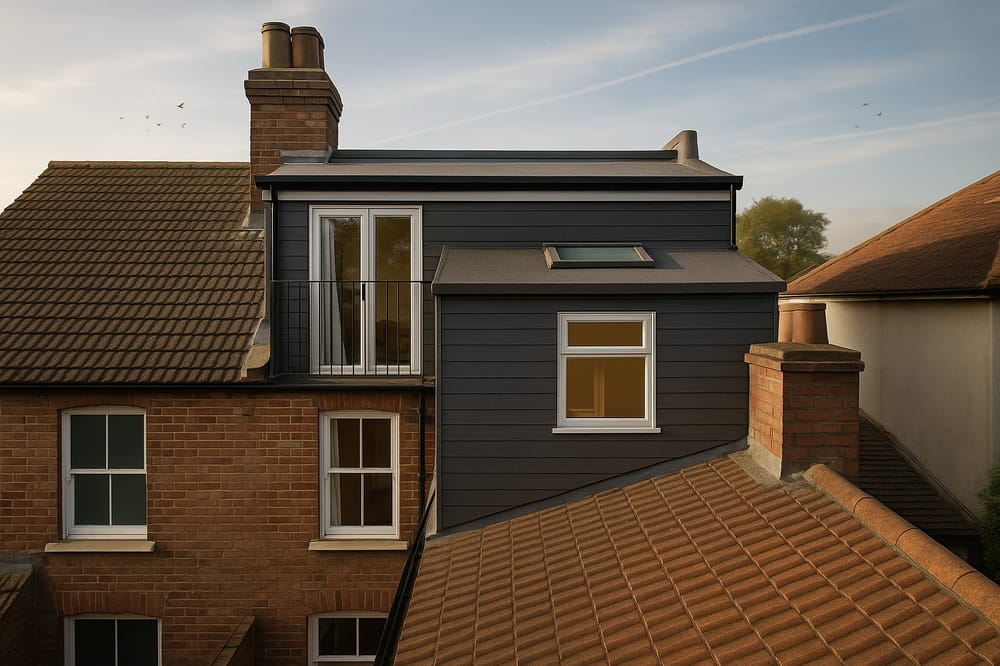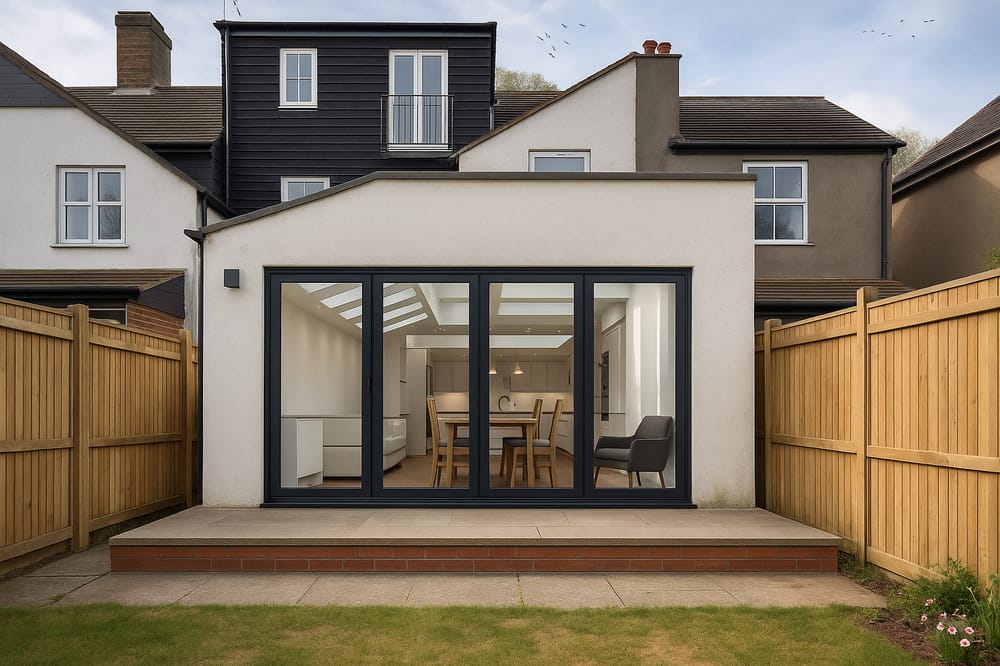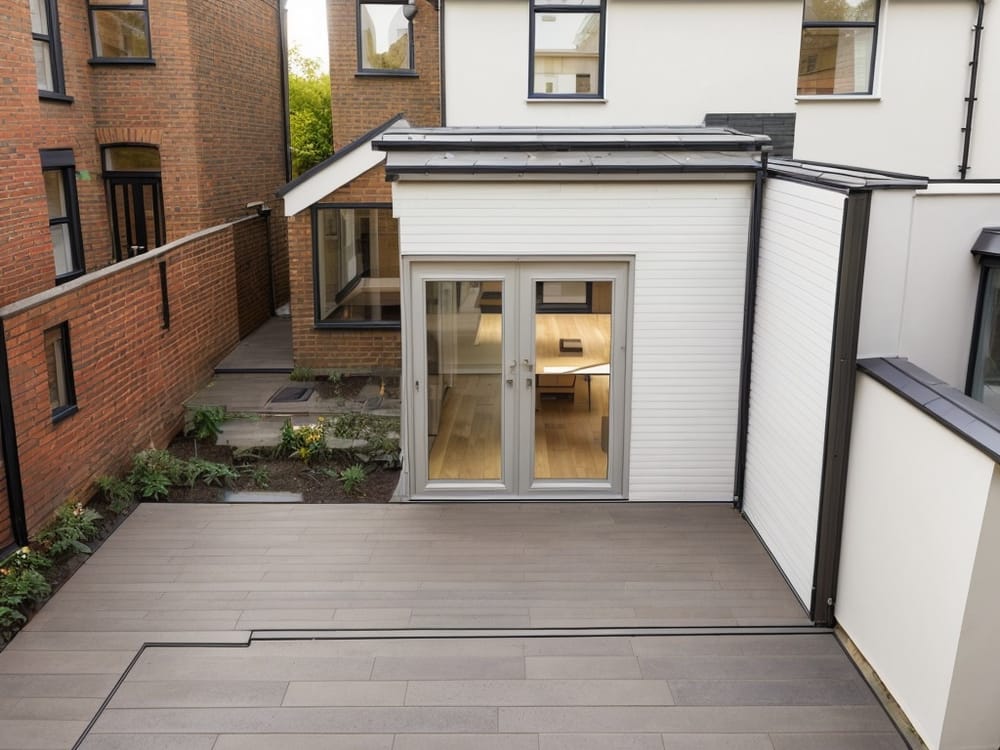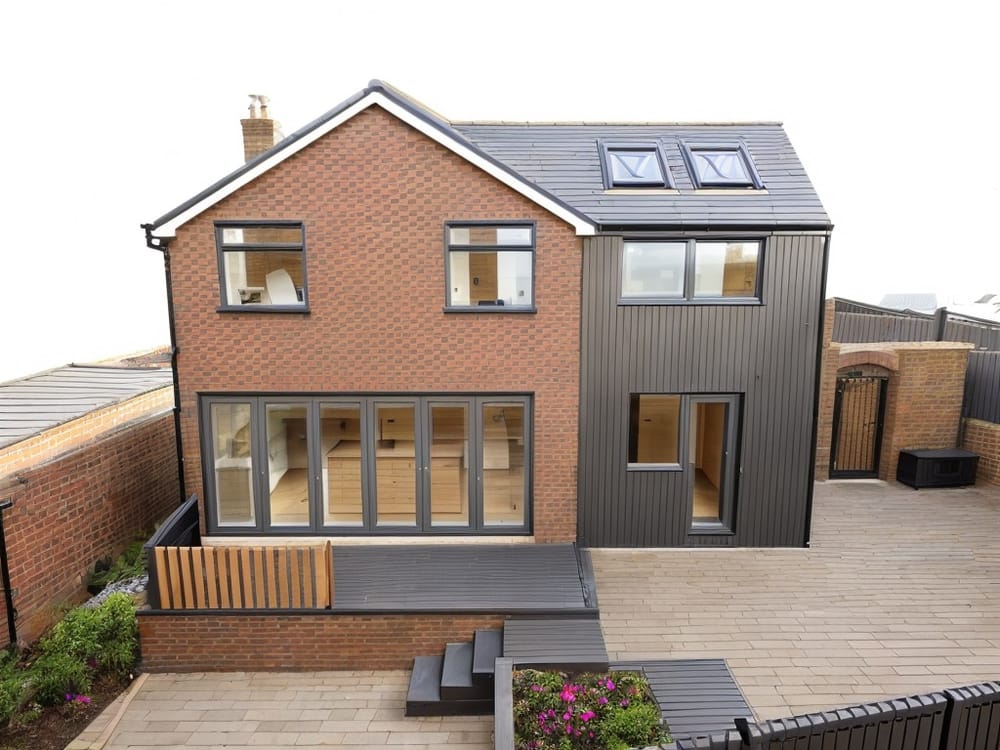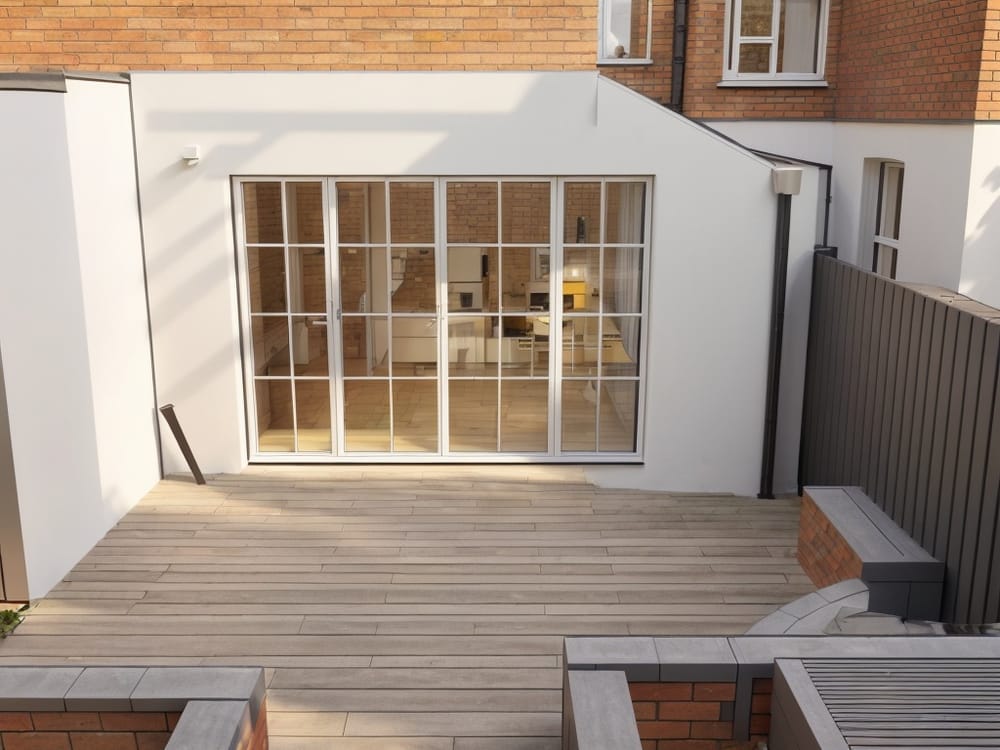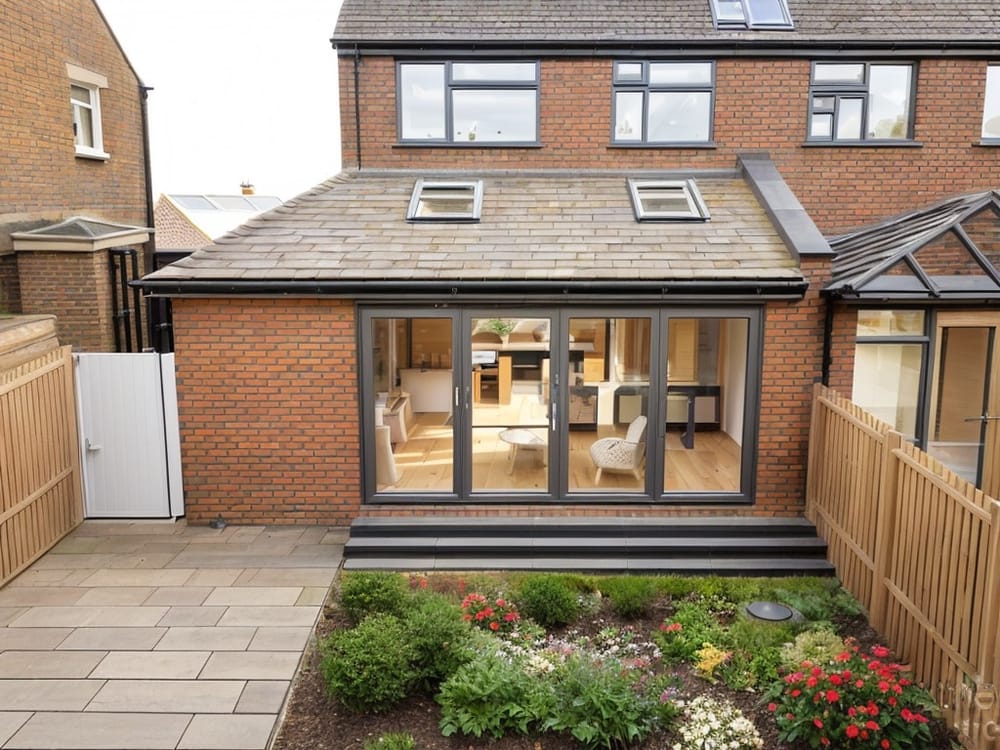Whether you’ve bought, inherited, or are considering a listed building, many assume these protected buildings can’t enjoy modern extensions other homes are able to create.
However, though listed buildings have stricter planning laws, extensions don’t need to be ruled out completely. In fact, trendy glass extensions can indeed be added to a listed property. How? Our experts reveal all…
Types of listed buildings
Not all listed buildings are valued to the same extent, which is why there are three categories your listed property can fall into.
A building becomes listed when its recognised for having specific architectural or historical significance, and therefore becomes a property of ‘special interest’ to your local authority.
This interest is broken down into a scale, going from the most significant to the least. These categories are…
Grade I
These are the best of the best, the buildings that no one can touch without strict permission. Think St Paul’s Cathedral, Goldsmiths’ Hall, and the Bank of England.
Chances are you probably don’t live in one of these properties. There’s only 9000 in England, and they only account for 2.5% of all properties listed. However, if you do own a Grade I property, any extensions are out of the question - sorry.
Grade II*
These are special interest buildings that are a step below grade I. Like the ones above, it’s unlikely you’ll live inside a grade II* property, as they tend to be churches, libraries, and other public buildings. In fact, only 5.8% of all listed buildings are grade II*.
Though your chances of extension are more likely than with a grade I building, the scarcity of these properties mean anyone living inside one is unlikely to get an major chances through.
Grade II
91.7% of all listed buildings are in this grade, so there’s a very high chance this is the category your home falls into. This is good news, because out of all the grades, it’s these homes that are most likely to obtain permission for a glass extension.
Why choose a glass extension?
There’s a common myth that to extend a listed building, your best bet is to create a structure that replicates the style of the original.
However, this can be very tricky to achieve. Not only do you have to work within a certain style of architecture, you also have to match the existing materials. Sourcing said materials often being time intensive, and costly, if it’s even possible in the first place.
A better approach, one that more and more architects are choosing, is to create a structure that clearly defines which is the original structure, and which is the new. Glass is perfectly suited to this task for the following reasons.
Minimal interference to the original building
Modern frameworks mean that glass extensions can be added onto the side of buildings and cause little, if any, damage to the original property. A good glass extension can be added using structural glazing, so the framing can be as simple as a piece of lead, creating a freestanding structure.
Original building is still in view
It goes without saying, but one of the main benefits of glass is the transparency it offers. Not only is this great for letting plenty of natural light into your extension, but it also allows the original building to continue to shine, even with your new addition in place. Having a complete view of the original property is very desirable from a planning standpoint, and is likely to work in your favour.
Getting permission for a glass extension
When extending a listed building, you’ll not only need to jump through the same hoops as other homeowners, but you’ll also need to complete an extra planning stage unique to listed buildings.
All together, you’ll need to obtain…
Remember: unlike some other homes, your listed building won’t benefit from permitted development rights.
Listed Building Consent
This form of planning consent is unique to listed buildings, and in order to acquire it, you’ll need to put together a proposal that’s unique to your property. For this reason, it is recommended that you get an architect on board. Ideally one with experience in working with listed properties.
For the best chance of success, you’ll need to have your application consider…
- History of the building
- Character features
- Measures you’ll take to protect key features
- Size of your extension
- Design of your extension
Highlighting the benefits of a glazed extension, which we’ve listed above, will also help your chances.
Looking at exploring the options of your listed building? Resi has a proven track record or extending, and converting, listed properties. We offer free consultations to all homeowners, so why not book yours in to discuss design ideas, budgets, and timelines?


